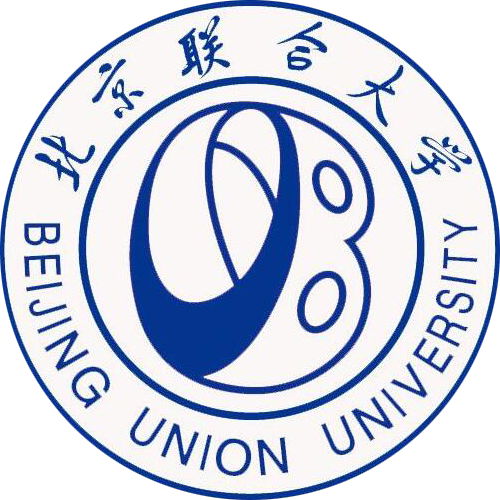详细信息
The Spatial Spillover Effect and Its Impact on Tourism Development in a Megacity in China ( SCI-EXPANDED收录)
文献类型:期刊文献
英文题名:The Spatial Spillover Effect and Its Impact on Tourism Development in a Megacity in China
作者:Cao, Yajun[1];Liu, Jianguo[1]
第一作者:Cao, Yajun
通讯作者:Liu, JG[1]
机构:[1]Beijing Union Univ, Tourism Coll, Beijing 100101, Peoples R China
第一机构:北京联合大学旅游学院
通讯机构:[1]corresponding author), Beijing Union Univ, Tourism Coll, Beijing 100101, Peoples R China.|[1141732]北京联合大学旅游学院;[11417]北京联合大学;
年份:2022
卷号:14
期号:15
外文期刊名:SUSTAINABILITY
收录:;Scopus(收录号:2-s2.0-85137184957);WOS:【SSCI(收录号:WOS:000839153500001),SCI-EXPANDED(收录号:WOS:000839153500001)】;
基金:The publication of the present work is supported by the National Natural Science Foundation of China (grant no. 41771131), Key Projects of Beijing Social Science Foundation (grant no. 21JCB050), and the Premium Funding Project for Academic Human Resources Development in Beijing Union University (grant no. BPHR2020AS02).
语种:英文
外文关键词:Beijing; tourism development; spatial pattern; geographic detector
摘要:By utilizing the tourism development data of Beijing for the period from 2010 to 2019, this study examined the spatial pattern distribution of tourism development in Beijing using the coefficient of variation and Moran's I index. In addition, the geographic detector method was employed to explore the impact of tourism resource investment, tourism reception facilities, and urban development level on the spatial pattern of tourism development. The results indicate that the spatial differences in tourism development in various Beijing districts are gradually expanding, mainly focusing on the differences between urban function expansion regions. The number of tourists shows a spatial distribution pattern including a core area, urban function expansion area, ecological conservation area, and new urban development area. The spatial correlation of tourism development increases gradually, and some parts show the spatial correlation form of low-high aggregation. Tourism resource investment, tourism reception facilities, and urban development level all play a significant role in promoting the spatial pattern of tourism development, among which the most obvious role is the interactive effect of tourism reception facilities, star-rated hotels, and openness. Therefore, to improve the development of Beijing's tourism industry, the government needs to pay attention to the differences in the expansion of urban functions, the degree of contact between regions, the number of tourism reception facilities, and the level of regional openness. The significance of this research is in promoting spatial governance, coordinated development among regions, and the high-quality development of tourism in Beijing, and laying down a foundation for the introduction of spatial collaborative governance policies in other megacities in China.
参考文献:
![]() 正在载入数据...
正在载入数据...


